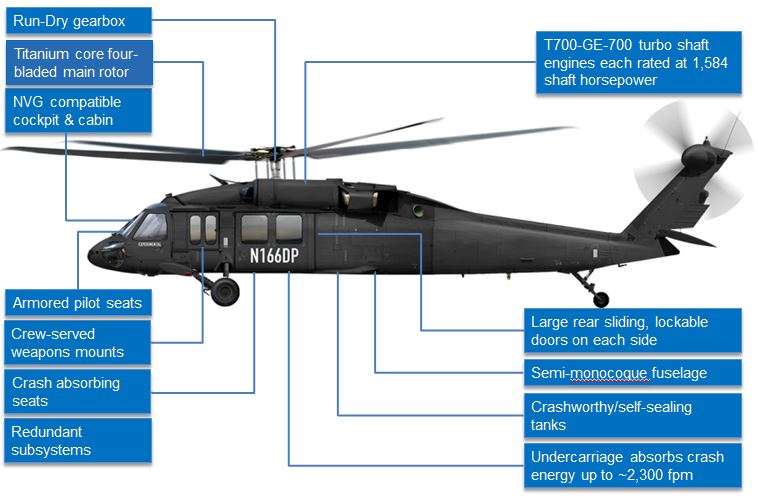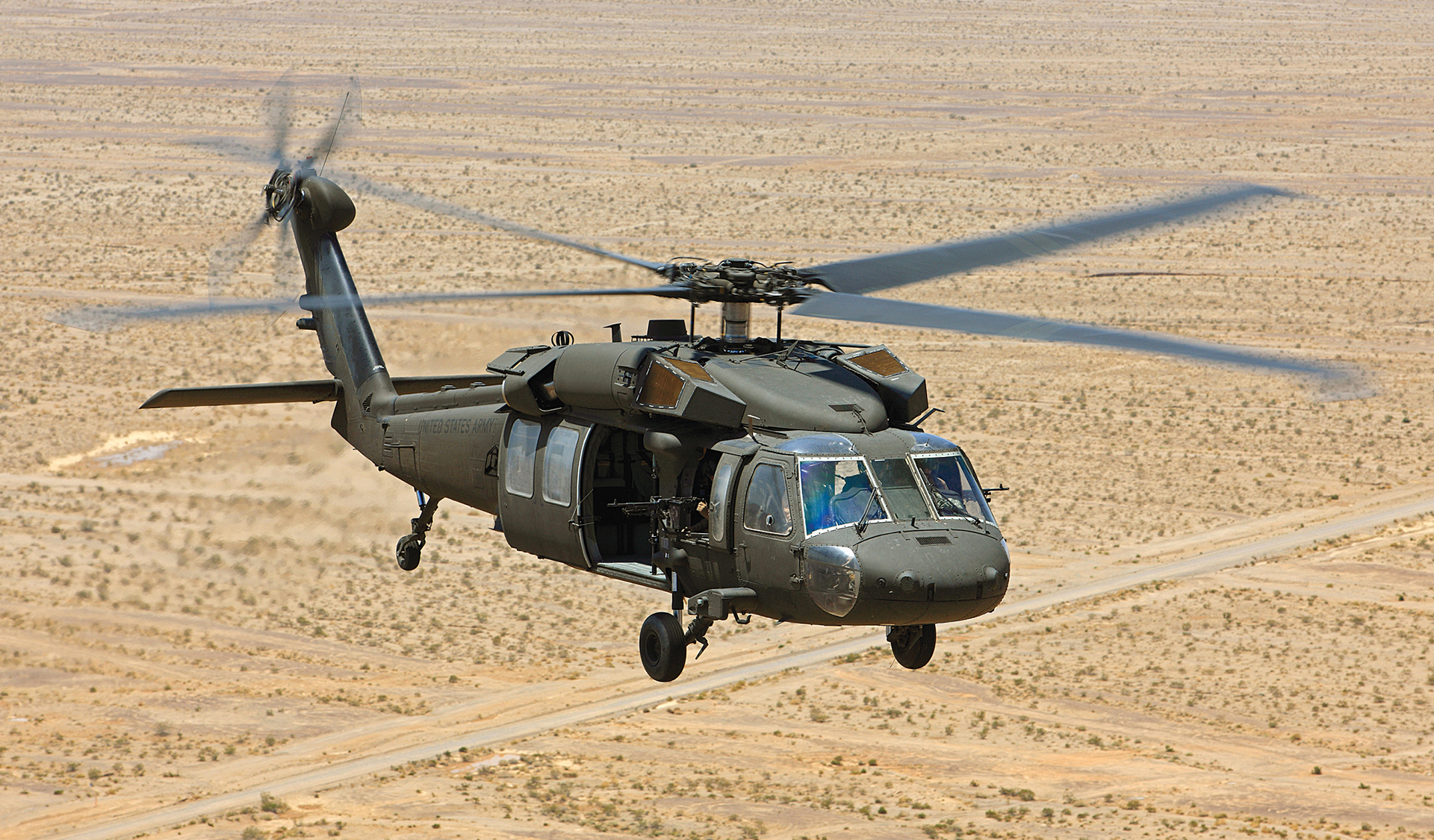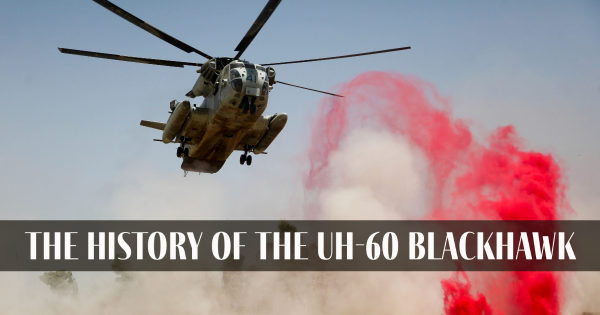Navigating Success: UH 60 Helicopter Maintenance Finest Practices
Navigating Success: UH 60 Helicopter Maintenance Finest Practices
Blog Article
Navigating Uh 60 Helicopter Laws and Conformity Demands

Regulatory Structure Introduction
The regulative framework governing UH-60 helicopter procedures incorporates a facility set of standards and regulations developed by aviation authorities. These policies are made to make sure the reliable and risk-free operation of UH-60 helicopters in various settings. The Federal Aeronautics Administration (FAA) plays a central function in establishing and applying these guidelines, which cover a vast array of operational aspects, including airworthiness standards, pilot qualifications, upkeep requirements, and operational treatments.
Compliance with these laws is crucial for helicopter operators to keep the greatest degrees of security and functional integrity. Failure to comply with these regulations can lead to serious repercussions, including mishaps, injuries, and regulatory permissions. Helicopter operators should stay educated about the newest governing growths and ensure that their operations are in full conformity with all relevant regulations and standards.
Airworthiness Regulations and Examinations
In the middle of the regulatory structure controling UH-60 helicopter procedures, an essential emphasis pushes compliance with Airworthiness Directives and performing complete evaluations to support safety and security requirements and functional dependability. Airworthiness Directives (Advertisements) are provided by aviation authorities to resolve dangerous conditions in airplane, including the UH-60 helicopter, and required particular activities to be taken by operators or proprietors. Compliance with ADs is necessary, and failure to abide by these directives can lead to serious repercussions, including grounding of the aircraft.
Routine examinations are paramount to guaranteeing the airworthiness of UH-60 helicopters. By sticking to a stringent assessment routine, drivers can detect and deal with prospective problems quickly, consequently improving the security and dependability of UH-60 helicopter operations.
Pilot Credentials and Training

Pilot training for UH-60 helicopters is thorough and covers a variety of subjects, consisting of airplane systems, emergency situation treatments, navigation, and mission-specific training. Additionally, pilots undergo simulator training to practice various emergency scenarios in a regulated setting. This training aids pilots develop the necessary skills to deal with tough scenarios successfully.


In addition, recurring training and professional development are necessary for UH-60 pilots to stay current with the most recent laws, modern technology, and best practices. By investing in pilot certifications and training, operators can improve security, maximize efficiency, and make certain conformity with governing needs in the procedure of UH-60 helicopters.
Functional Limitations and Needs
Pilot qualifications and training serve as the structure for understanding the functional constraints and requirements connected with UH-60 helicopter procedures. Additionally, compliance needs, such as adhering to certain trip paths, communication procedures, and emergency situation procedures, are necessary for keeping operational security and regulative conformity. Pilots must stay present with all functional constraints and requirements through routine training, rundowns, click to read and reviews to minimize dangers and make certain efficient and risk-free UH-60 helicopter operations.
Emergency Situation Procedures and Compliance Screening
Efficient emergency situation procedures and see page extensive conformity screening are essential parts of maintaining operational safety and regulative adherence in UH-60 helicopter operations. Emergency procedures encompass protocols for various scenarios, including engine failings, fires, hydraulic concerns, and extra. Pilots and staff participants have to be fluent in these treatments to respond quickly and successfully in emergencies. Regular conformity screening makes sure that the helicopter satisfies all regulative requirements set forth by aeronautics authorities. This screening includes extensive assessments, checks, and assessments to confirm that the airplane is airworthy and in conformity with all appropriate regulations.
Additionally, compliance screening might involve simulations of emergency circumstances to assess the crew's action and the helicopter's efficiency under stress. By prioritizing emergency treatments and conformity screening, UH-60 drivers can mitigate risks and demonstrate their commitment to security and regulative conformity.
Verdict
In verdict, adherence to governing structure, conformity with airworthiness directives, pilot qualifications and training, operational limitations, and emergency procedures are important for navigating the policies and requirements of operating a UH-60 helicopter. uh 60. It is essential for operators to prioritize safety and ensure full conformity with all relevant laws to keep the airworthiness and functional stability of the aircraft
Navigating the governing landscape surrounding UH-60 helicopter operations demands a nuanced understanding of the detailed internet of policies and conformity demands.Compliance with these regulations is essential for helicopter drivers to preserve the greatest levels of safety and security and functional integrity.Amidst the governing structure governing UH-60 discover here helicopter procedures, a critical emphasis lies on compliance with Airworthiness Directives and performing complete assessments to maintain safety requirements and operational integrity.Effective emergency situation procedures and thorough compliance testing are crucial elements of maintaining functional safety and regulatory adherence in UH-60 helicopter operations. Normal conformity testing ensures that the helicopter satisfies all regulatory demands established forth by air travel authorities.
Report this page